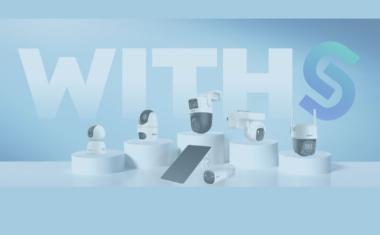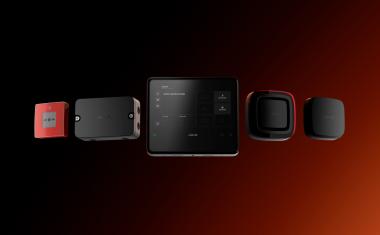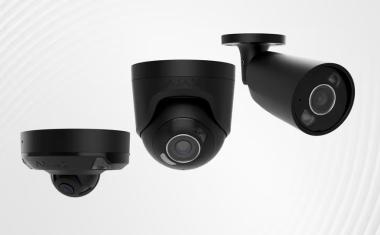How Does Anti-Masking Work?
Security detectors are the first line of defence in any intrusion detection system, but even the most advanced technology is vulnerable if an intruder attempts to disable it. This is where anti-masking comes into play. Designed to detect and respond when a sensor is deliberately covered or obstructed, anti-masking is a critical feature in professional security solutions. However, the effectiveness of anti-masking varies depending on the approach used, as not all systems are created equal.
Anti-masking technology is designed to detect attempts to block a sensor’s field of view. In most cases, this is achieved by emitting infrared or microwave signals that continuously check for obstructions. If a material is placed in front of the sensor to block its detection field, such as tape, spray paint, or a solid object, the sensor will trigger an alert, notifying the system that it may have been compromised.
While this concept is straightforward, real-world application is more complex. The balance between sensitivity and performance is crucial. If a system is too sensitive, it may generate false alarms due to environmental factors such as water droplets on the lens, dirt accumulation, or even changes in humidity. On the other hand, if it is not sensitive enough, it could fail to detect genuine tampering attempts.
Optex' Approach to Anti-Masking
Anti-masking needs to be both reliable and practical, ensuring security while minimising nuisance alarms. Optex' sensors use different approaches to achieve this balance, depending on the specific site requirements.
Adjustable strength: HX Series
The Optex HX series uses manually adjustable active infrared anti-masking, allowing the user to fine-tune the detection sensitivity to suit the environment. This approach provides flexibility in preventing nuisance alarms while ensuring reliable tamper detection.
Self-learning anti-masking: VX, FTN, and BX Series
The Optex VX, FTN, and BX series utilise a self-learning infrared digital anti-masking system, which automatically adapts upon installation. This system continuously monitors the sensor's environment and adjusts accordingly, reducing the chances of false alarms while maintaining security performance. Unlike manually adjustable models, these sensors do not require ongoing calibration, making them ideal for installations where consistency is key.
Self-learning active anti-masking: WX Series
The Optex WX series expands on the self-learning technology found in the VX, FTN, and BX series by incorporating self-learning infrared digital active anti-masking. This system dynamically adjusts the sensitivity of the infrared LEDs used for anti-masking in real-time, optimising performance based on environmental conditions. A practical example is sunlight disqualification, where the trigger level for anti-masking is automatically adjusted when exposed to strong sunlight.
Anti-blocking: QXI-DT
The Optex QXI-DT introduces an alternative approach with anti-blocking technology. Instead of detecting direct obstructions, it monitors for long-term blocking of the detection area. This is particularly useful in locations where infrared anti-masking is unsuitable, and blockages might otherwise go unnoticed.
The Challenge of False Alarms
One of the primary concerns with anti-masking systems is false alarms. This leads to frustration for users and in worst cases, can result in security personnel ignoring genuine alerts due to alarm fatigue. Optex has engineered solutions that address this challenge by refining detection algorithms and ensuring accurate distinction between genuine tampering attempts and environmental interference. The result is a system that is both secure and practical for real-world use.
Choosing the Right Solution
No two sites are the same and different circumstances demand different solutions. Whether it’s manually adjustable active infrared, in the HX series, self-learning anti-masking in the VX, FTN, and BX series, self-learning active anti-masking in the WX series or anti-blocking in the QXI-DT, Optex offers multiple approaches to ensuring sensor integrity.














